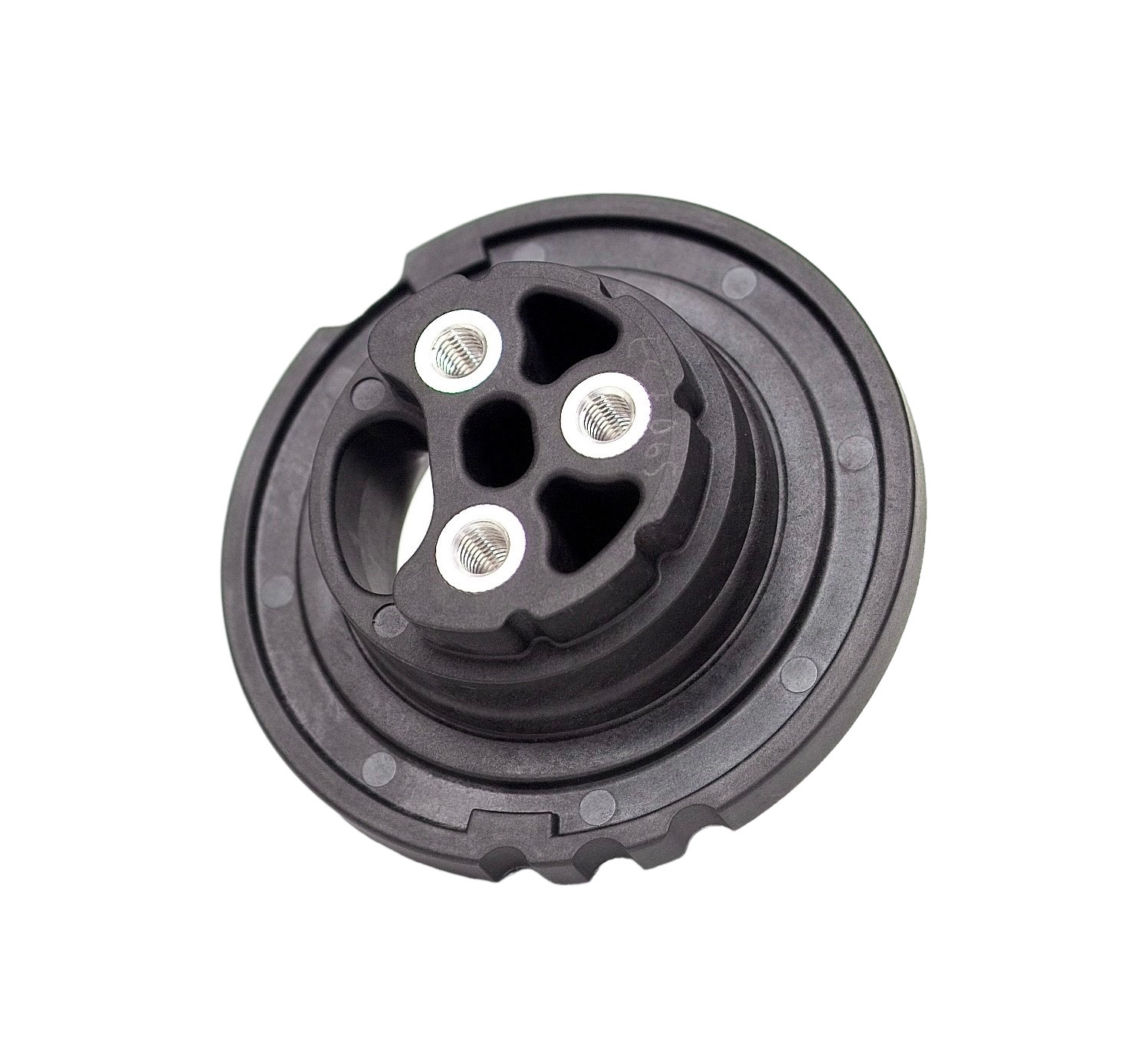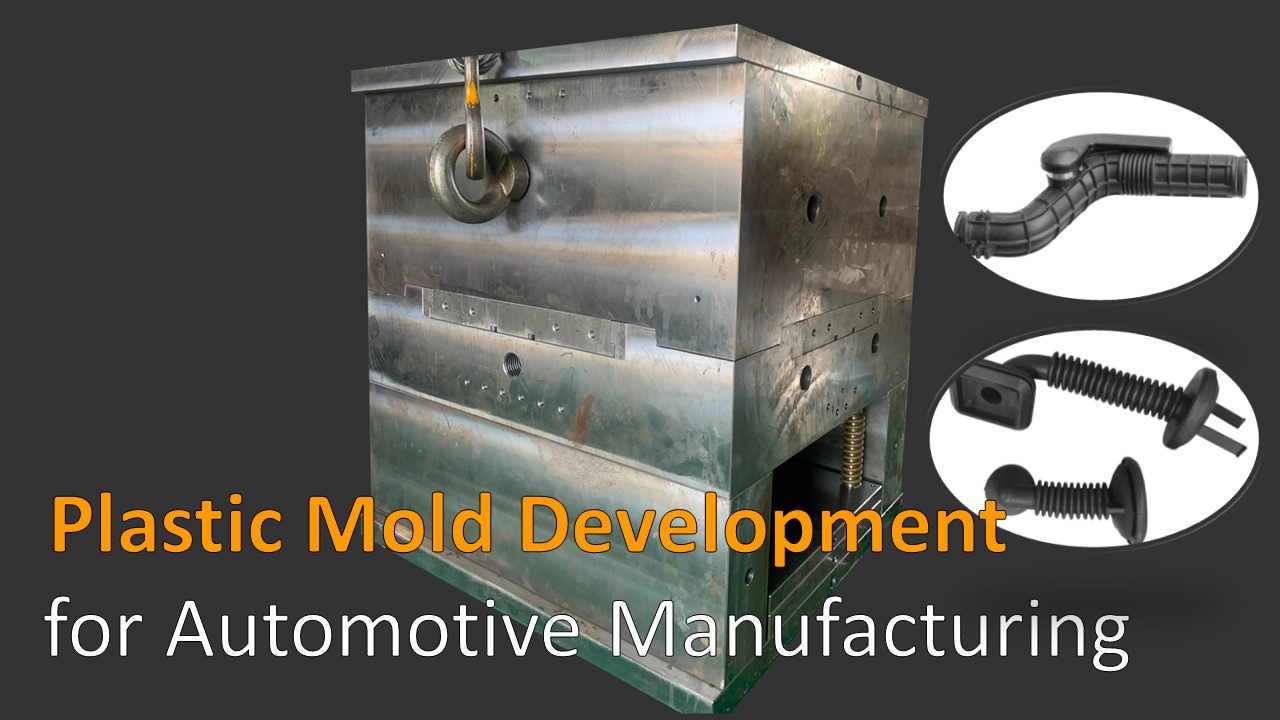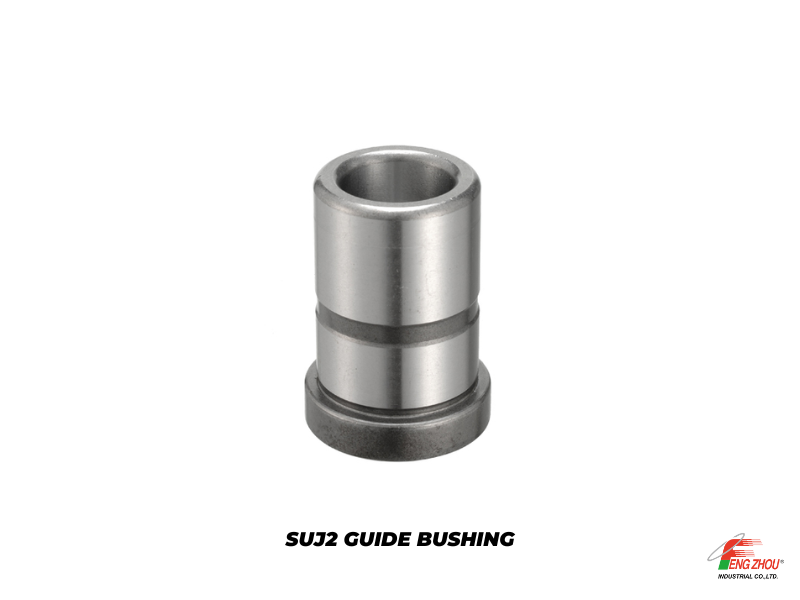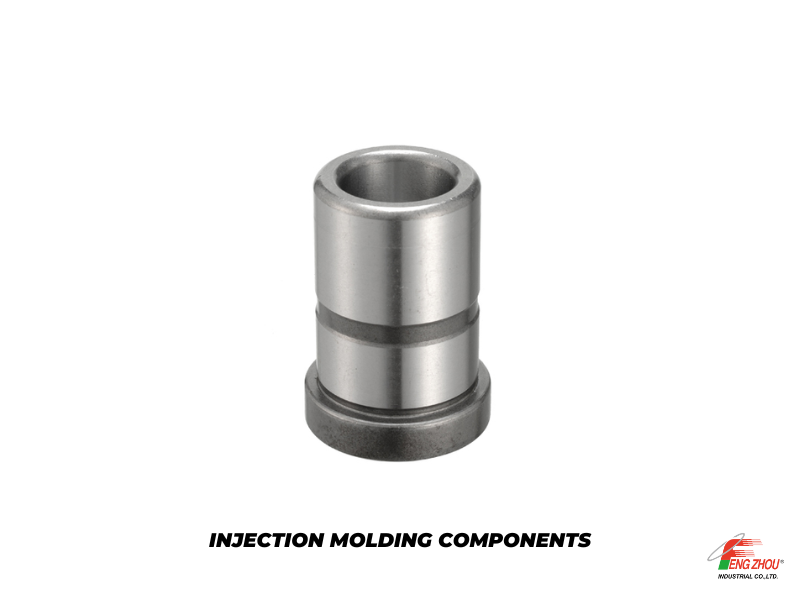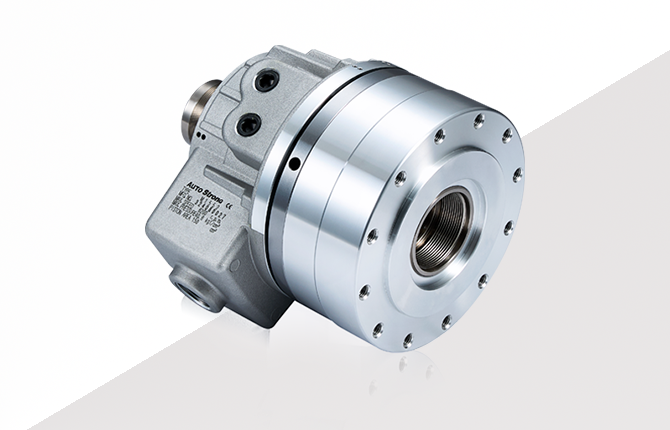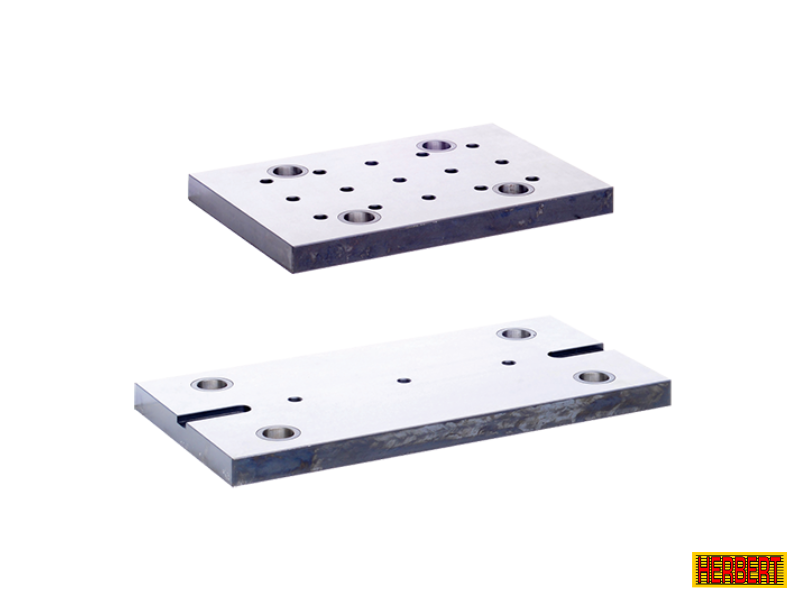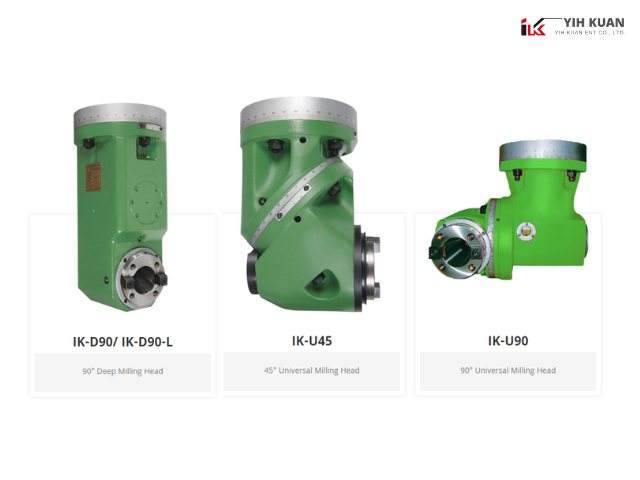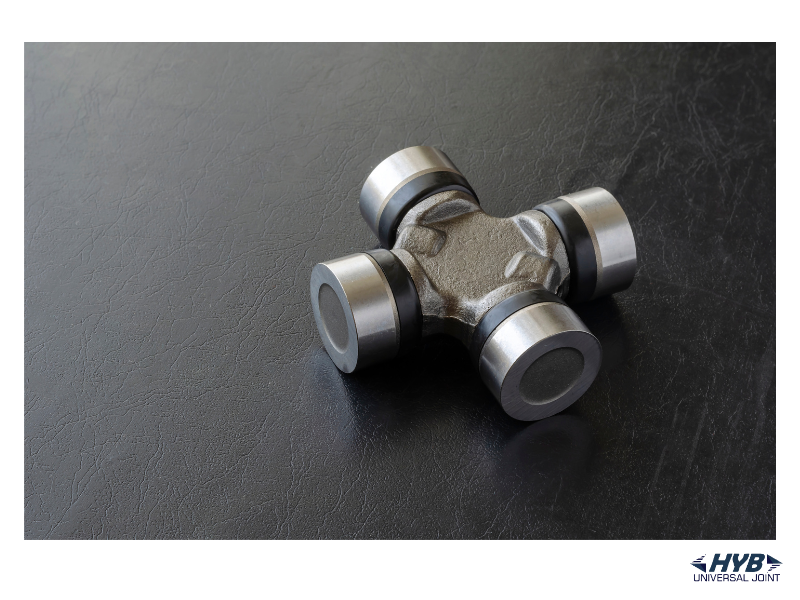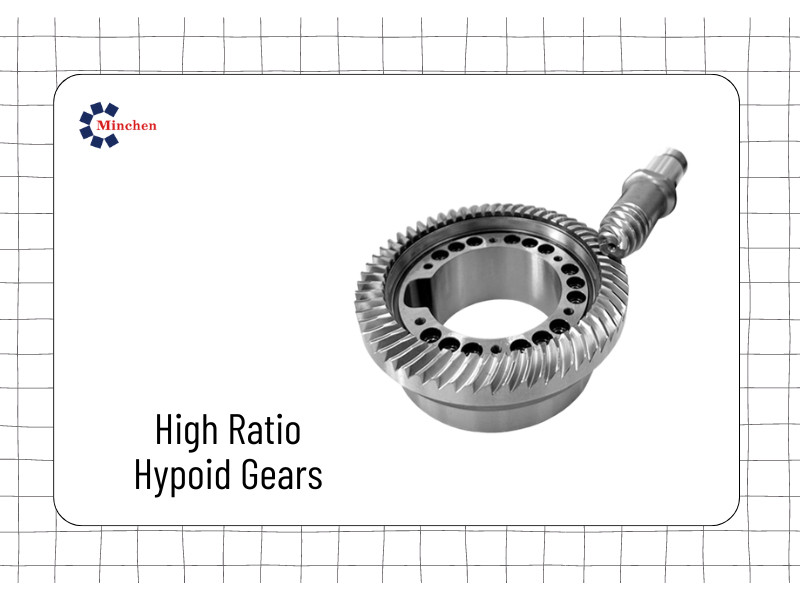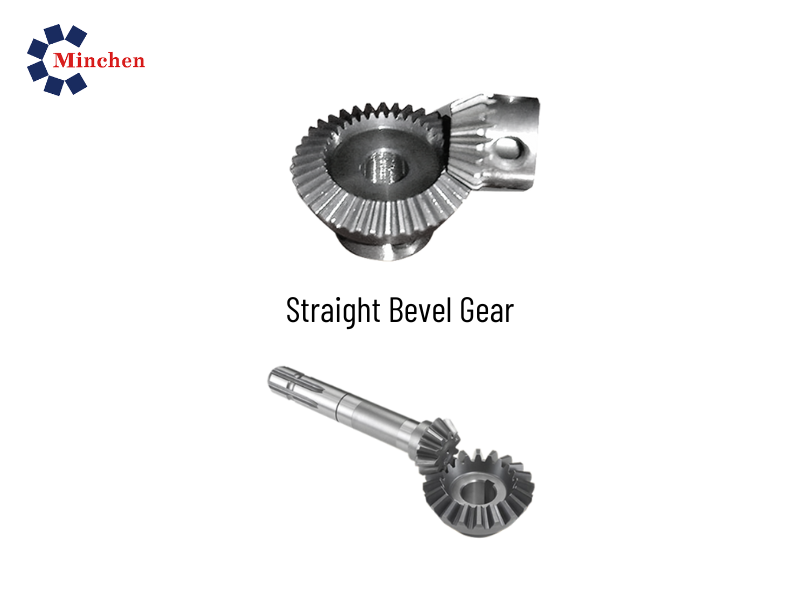The Ultimate Guide of Ball Nose End Mill
2023-10-20Machinery
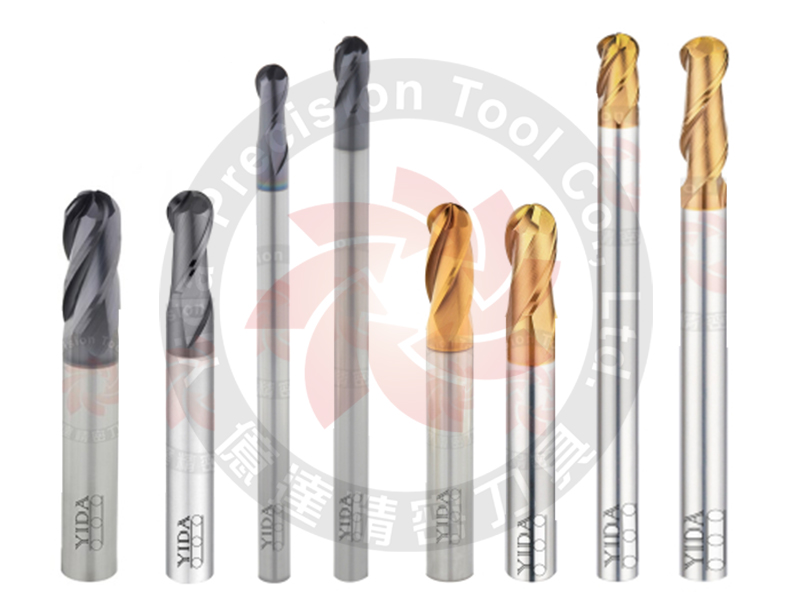
When it comes to the world of manufacturing, precision is key. And as far as precision goes, the ball nose end mill is one of the most important tools in any machinist's arsenal. These end mills are designed to deliver exceptional accuracy and produce high-quality finishes on even the toughest materials. In this comprehensive guide, we'll take a closer look at everything you need to know about ball nose end mills, including their design, applications, benefits, and more.
Introduction to the Ball Nose End Mill
Ball nose end mills are cutting tools that are primarily used for milling contoured surfaces, slotting, and pocketing. The curved shape of the cutting edge creates a round-bottomed groove that is ideal for 3D machining and sculpting. These tools are designed to remove material in a way that maximizes accuracy and precision, ensuring consistent results every time.
Ball nose end mills are typically made from high-speed steel (HSS), ceramic, or carbide materials. Carbide is the most common material used for these tools, as it offers superior wear resistance and can withstand high temperatures and pressure. The cutting edges of ball nose end mills are typically ground with a 30-degree helix angle and a 10-degree rake angle, providing a sharp cutting edge that can deliver exceptional results.
Design of the Ball Nose End Mill
The design of the ball nose end mill is essential to its performance and functionality. The overall shape of the end mill is characterized by its flute configuration, length, and diameter.
- Flute Configuration: Ball nose end mills typically have two or three flutes, with each flute featuring a sharp cutting edge that contributes to the overall performance of the tool. The number of flutes on an end mill will determine the chip load capacity, cutting speed, and overall performance. Two-flute end mills are generally used for softer materials, while three-flute models are ideal for harder materials and faster speeds.
- Length: The length of a ball nose end mill refers to the distance between the cutting edge and the end of the shank. Longer end mills can remove more material, but they can also be more prone to deflection and vibration. Shorter end mills are less likely to bend and produce a more stable result, but they may require more passes to remove the same amount of material.
- Diameter: The diameter of a ball nose end mill indicates the width of the cutting edge and determines the maximum depth of cut. Smaller diameter end mills are useful for intricate machining and finishing, while larger end mills can remove material more quickly and efficiently.
Applications of the Ball Nose End Mill
Ball nose end mills are versatile tools that can be used for a wide variety of machining applications. Among the most popular uses of these tools are:
- Machining contoured surfaces: Ball nose end mills are ideal for machining complex shapes and curves, such as those found in automotive components, medical devices, and electronic components.
- Slotting and pocketing: These tools are well-suited for creating slots and pockets in a wide range of materials, including plastics, metals, and composites.
- 3D machining and sculpting: With their spherical cutting edges, ball nose end mills are highly effective at creating precise and intricate 3D shapes and contours.
- Finishing: Ball nose end mills can be used for final finishing passes on a wide range of surfaces, including flat, curved, and irregular shapes.
Benefits of the Ball Nose End Mill
There are many benefits to using ball nose end mills in your manufacturing process, including:
- Precision: The curved cutting edges of ball nose end mills allow for exceptional accuracy and precision, resulting in consistent results time and time again.
- Flexibility: Ball nose end mills are versatile tools that can be used for a wide range of applications, from slotting and pocketing to 3D machining and sculpting.
- Efficiency: Ball nose end mills can remove material quickly and efficiently, reducing machining time and boosting overall productivity.
- Improved finishes: The rounded bottom of the grooves created by ball nose end mills produces a smoother finish on machined surfaces, reducing the need for further finishing operations.
Conclusion
In summary, the ball nose end mill is an invaluable tool for precision machining and finishing applications. Its curved cutting edges, optimized flute configurations, and versatile design make it an ideal choice for a wide range of manufacturing processes. With proper use and maintenance, these tools can deliver exceptional accuracy, efficiency, and performance, helping you achieve your production goals with ease. Whether you're a seasoned machinist or a novice, the ball nose end mill should be a staple in your toolkit. Contact YiDa Endmill to find your suitable ball nose end mill.
